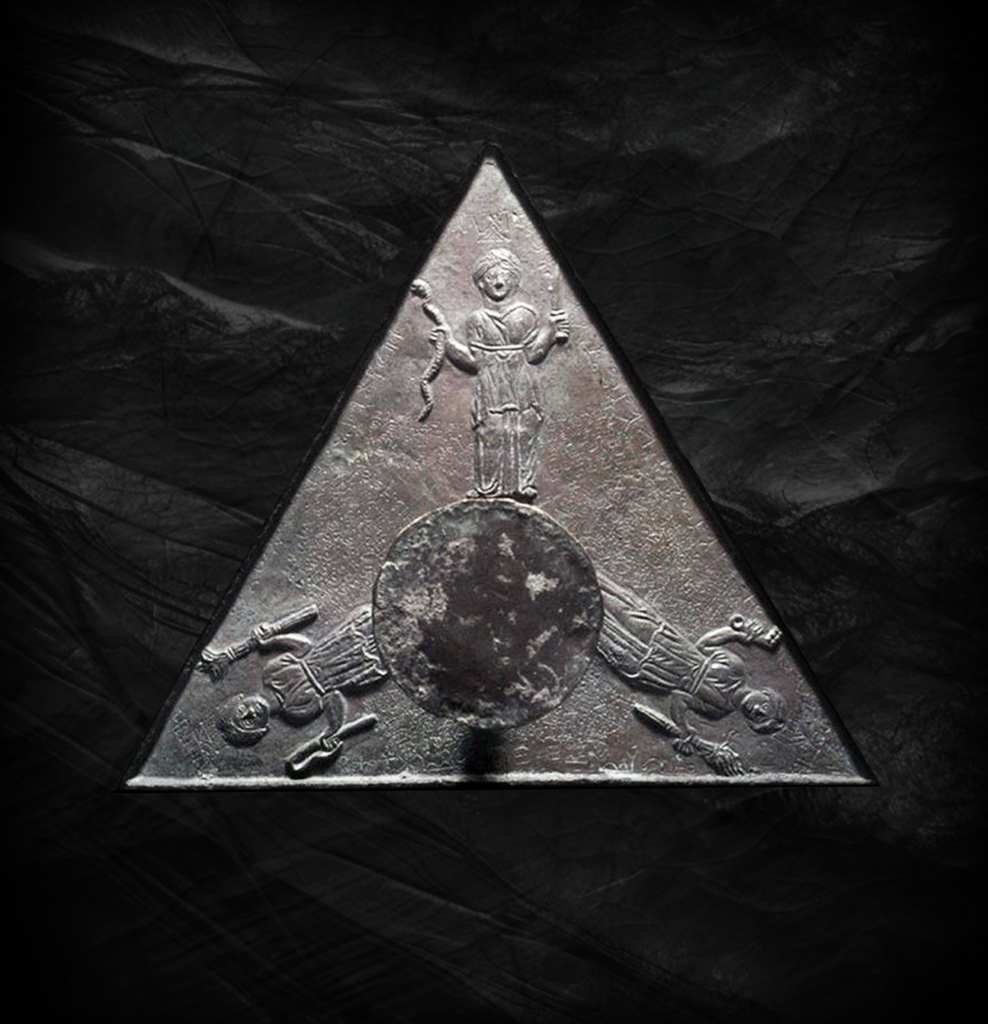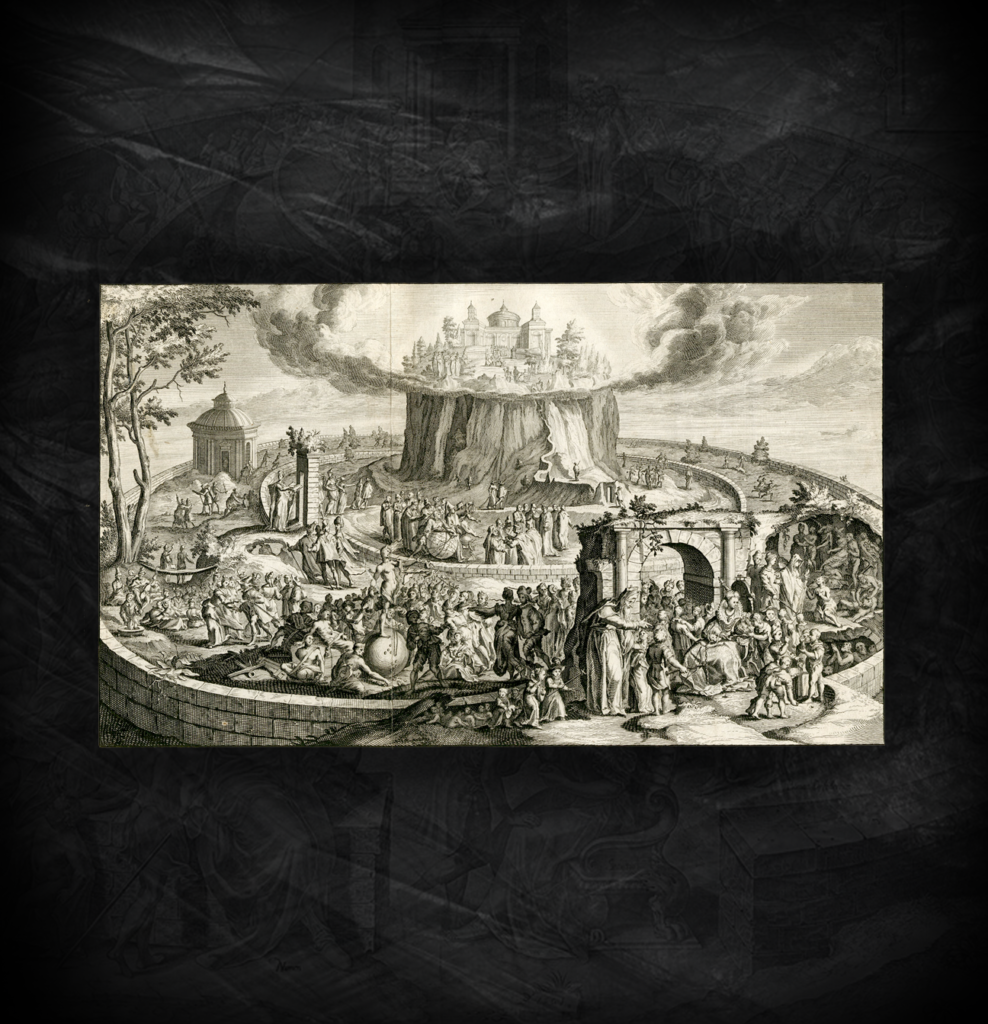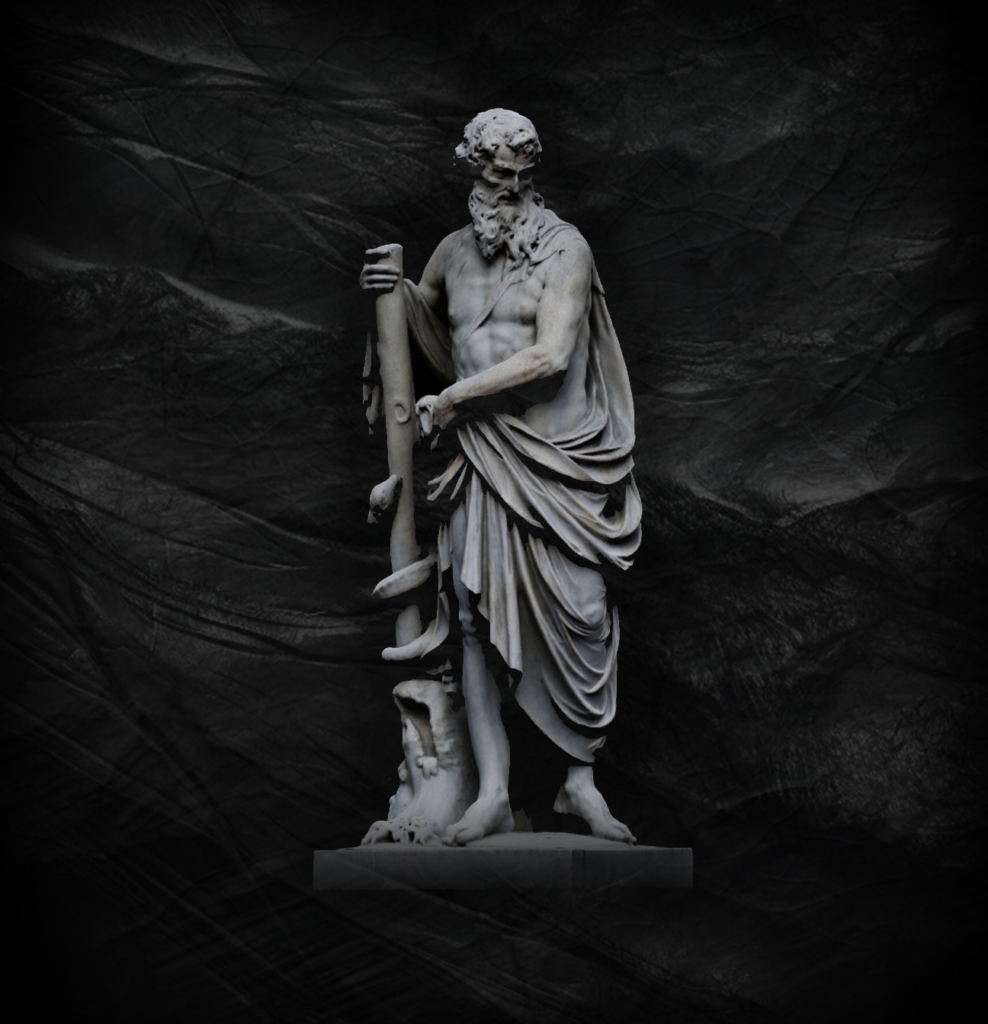3 Magi Blog

The Magic Tablet from Pergamon: A Window into Ancient Ritual Power
The magic tablet from Pergamon is an extraordinary artifact that offers profound insight into the world of ancient Greco-Roman magical practices. Pergamon, an ancient city in what is now modern-day Turkey, was renowned as a cultural and religious center, and it played a significant role in the development of magical and religious traditions in the ancient world. The magic tablet, discovered near Pergamon, reflects the syncretic nature of ancient Mediterranean religions, blending Greek, Roman, and Egyptian elements, and sheds light on the rituals, beliefs, and supernatural forces revered by its creators.
This essay explores the significance of the magic tablet within its historical and cultural context, examining its inscriptions, purpose, and the broader role of magical tablets in antiquity. In addition, it analyzes how this artifact reflects the cosmological and spiritual beliefs of its time, providing insights into the interaction between magic, religion, and everyday life in the ancient world.
Prognostikon – The Divining Disc of Pergamon: A Glimpse into Ancient Divination Practices
The Prognostikon, also known as the Divining Disc of Pergamon, represents one of the most intriguing artifacts from the ancient city of Pergamon, a cultural and religious hub in Asia Minor (modern-day Turkey). This divination tool sheds light on the ancient world’s complex belief systems, where divination, religion, and magic intersected. The Prognostikon was likely used to predict future events, provide guidance on personal matters, and help individuals understand the will of the gods.
This essay will examine the historical and cultural context of the Prognostikon, the mechanisms by which it operated, and its significance in the broader tradition of ancient divination. Through this exploration, we will uncover how ancient societies viewed fate, prophecy, and the role of divine intervention in their lives. Continue Reading >

The Tabula Cebetis: A Window into Ancient Philosophy and Allegory
The Tabula Cebetis (Tablet of Cebes) is a fascinating work that merges ancient philosophy with vivid allegorical storytelling. While attributed to Cebes of Thebes, a disciple of Socrates, there is some debate surrounding the authorship of this text, with many scholars suggesting it might have been written by a later, anonymous philosopher. Regardless of its true origins, the Tabula Cebetis offers a unique lens through which to understand the moral and philosophical thought of antiquity, particularly the Hellenistic period.
Historical Context
Cebes was a notable philosopher from Thebes who followed Socrates, and is remembered for his contributions to Socratic dialogues. The Tabula Cebetis is likely not his direct work but was ascribed to him due to its philosophical alignment with Socratic ideas, including the central role of ethical living and the pursuit of wisdom.
Asclepius
The Nature and Character of Asclepius: The Greek God of Healing
Asclepius, the ancient Greek god of medicine and healing, occupies a unique place in mythology and religious tradition, embodying the complex relationship between divine intervention and the human pursuit of health. As both a revered god and a legendary healer, Asclepius represents the transition from mythic healing to early medical practice, bridging the gap between supernatural cures and empirical treatments. His character is shaped by his divine ancestry, his role as a compassionate healer, and his eventual deification, all of which contribute to his enduring legacy as a symbol of medicine and healing.



